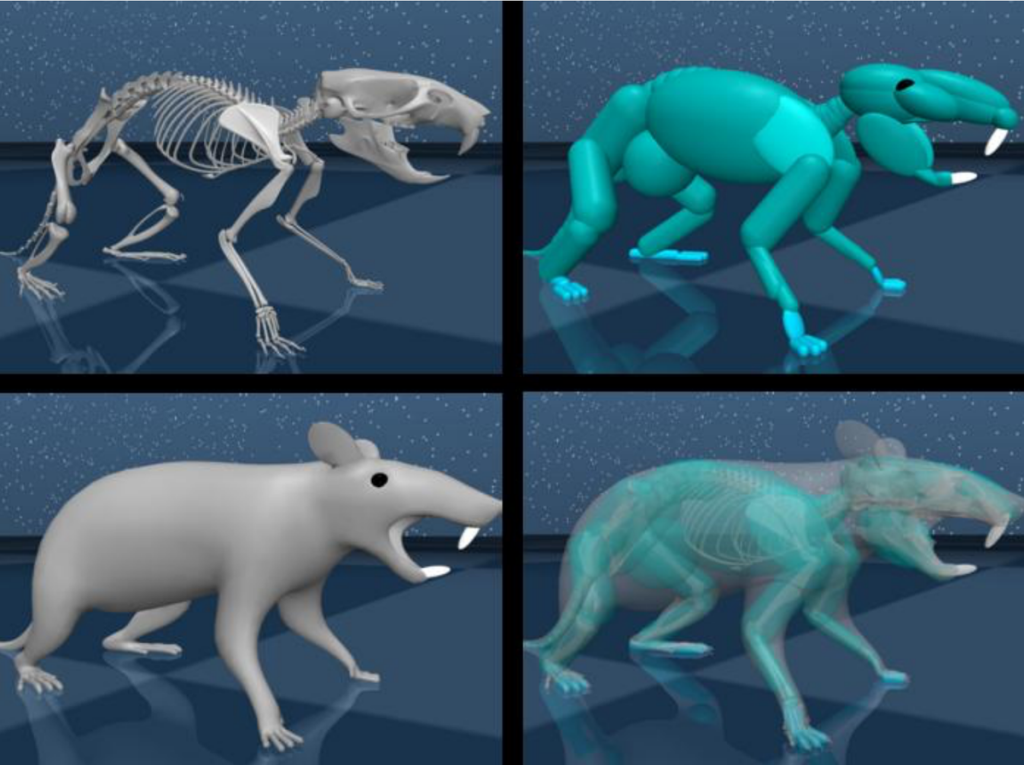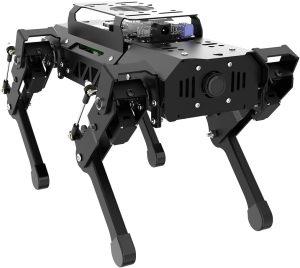DeepMind’s Virtual Rat: A Leap in AI and Neuroscience

In a remarkable collaboration, researchers from DeepMind and Harvard University have unveiled a virtual rat that behaves just like a real one. This groundbreaking development has been hailed as an “evolutionary marvel” by experts. By combining high-resolution movement data with advanced neural networks, scientists have successfully created a digital rodent that mimics real-life animal movements with astonishing accuracy.
The project, detailed in a study published in Nature, promises to revolutionize our understanding of brain function and behavior. The virtual rat is not just a technical triumph but offers profound insights into neuroscience and artificial intelligence. This innovation paves the way for future research that could transform the study of neural disorders and complex brain functions.
Breakthrough in Digital Rodent Simulation
DeepMind has made an impressive leap forward with the creation of a virtual rat that moves like a real rodent. This digital creature, powered by an artificial brain, is considered an “evolutionary marvel” by the researchers. Their efforts were focused on mimicking real animal movement with high accuracy.
The project involved a collaboration between neuroscientists at Harvard University and researchers at DeepMind. Using data from actual rat movements, they simulated a virtual rat in a physics simulator which accounts for gravity and other forces. This data helped in training an artificial neural network that acts as the brain of the virtual rat.
Training and Development
The movement data from live rats was crucial for training the virtual rat’s neural network. This network was implemented within a physics simulator to create realistic movements. Bence Ölveczky, a Harvard professor, noted that DeepMind’s resources were pivotal, as they could simulate more complex environments than Harvard could manage alone.
Professor Ölveczky emphasized that the biomechanically realistic model helps in understanding how the brain controls movement. This model is not just a technical feat but also serves as a foundation for future AI simulations, potentially aiding in the study of neural disorders and complex brain functions.
Insights into Behavior and Brain Function
Matthew Botvinick, DeepMind’s Senior Director of Research, explained that building these embodied agents was a significant challenge. The goal was not just to create an intelligent system but also one that can perform physical actions in complex environments.
These insights could pave the way for new studies in neuroscience. Researchers aim to explore further how neural circuits function and how they can be affected by diseases. This information could be crucial for developing new treatments.
Publication and Contribution to Science
The details of the virtual rat were published in the scientific journal Nature. The study, titled ‘A virtual rodent predicts the structure of neural activity across behaviours’, highlights the importance of this research for the scientific community.
The study’s publication reinforces the importance of modeling in neuroscience. Understanding neural activity and behavior through such realistic models opens numerous pathways for future research in both artificial intelligence and medical fields.
Future Implications in AI and Neuroscience
The collaboration between neuroscientists and AI researchers could lead to major breakthroughs in both fields. By combining their expertise, they are able to advance our understanding of the brain and develop more sophisticated AI systems.
The virtual rat project exemplifies how interdisciplinary partnerships can yield remarkable results. The insights gained from this project may help in designing better neurological studies and improving AI-driven technologies.
Community Reactions and Future Research
The scientific community has met this breakthrough with enthusiasm. It signals a new era where AI and neuroscience can work hand in hand to solve complex problems.
Future research will likely focus on refining these models and exploring new applications. The collaboration between Harvard and DeepMind shows promise for more innovative projects down the line.
DeepMind’s Broader Impact
DeepMind’s work on the virtual rat is part of a broader trend towards integrating AI into various scientific fields. Their approach of using high-resolution data for training neural networks could be applied to other areas of study as well.
DeepMind’s virtual rat signifies a remarkable step in understanding neural functions and behaviors. By creating a digital creature with lifelike movements, scientists are closer to unlocking the mysteries of the brain. This innovation opens new research pathways into neural disorders and AI applications, promising a future where technology and neuroscience work hand in hand for groundbreaking discoveries.
The collaboration between DeepMind and Harvard highlights the potential of combining artificial intelligence with neuroscience. This project is just the beginning of what could be numerous breakthroughs, shedding light on how neural circuits operate and how diseases affect brain functions. The virtual rat project underlines the importance of interdisciplinary research in pushing the boundaries of science and technology. The future looks promising as researchers continue to explore this fascinating intersection of AI and neuroscience.





